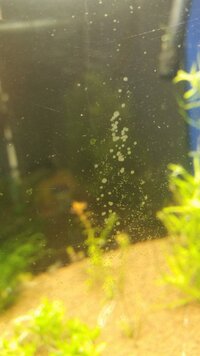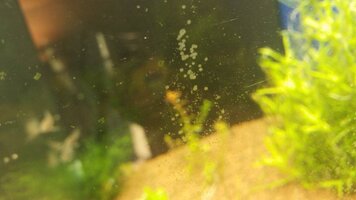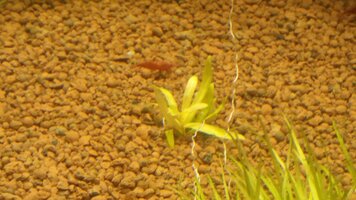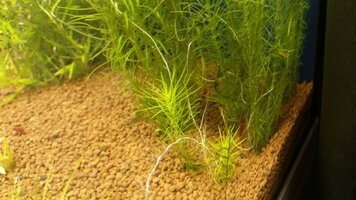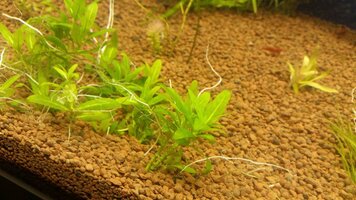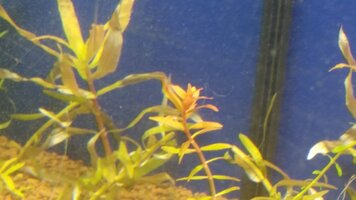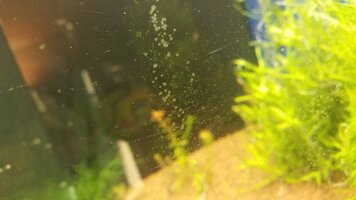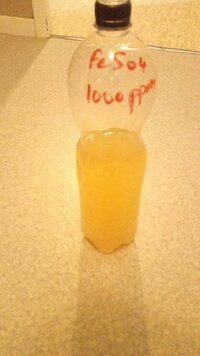Definitely seems like some accumulation going on then. Once I finish prepping my water to 6.5 dGH (plus the 3 dKH it comes with), the TDS still only reads 110-115.
If youre trying to troubleshoot plant growth I would see if you could change more water, so you know better what it contains. A lot of accumulation might not be balanced well, like the plants are leaving stuff that they dont use as much of, and then that accumulates and could affect uptake of your current nutrients 🤷♀️
Even my emersed plants of Golden stunted when I gave them a bit of fertilized water.
Im annoyed that I cant remember if this was by spraying the leaves or by flooding the soil... maybe I can repeat it again.
I have a feeling that this variety of plant is especially bad at regulating leaf uptake.
If youre trying to troubleshoot plant growth I would see if you could change more water, so you know better what it contains. A lot of accumulation might not be balanced well, like the plants are leaving stuff that they dont use as much of, and then that accumulates and could affect uptake of your current nutrients 🤷♀️
My impression for this plant so far is that its practically allergic to nutrients.A. Pedicatella has a reputation for preferring leaner dosing (I'm still waiting for someone to start a journal here growing A. Pedicatella with full EI but no one has done so yet).
Even my emersed plants of Golden stunted when I gave them a bit of fertilized water.
Im annoyed that I cant remember if this was by spraying the leaves or by flooding the soil... maybe I can repeat it again.
I have a feeling that this variety of plant is especially bad at regulating leaf uptake.


